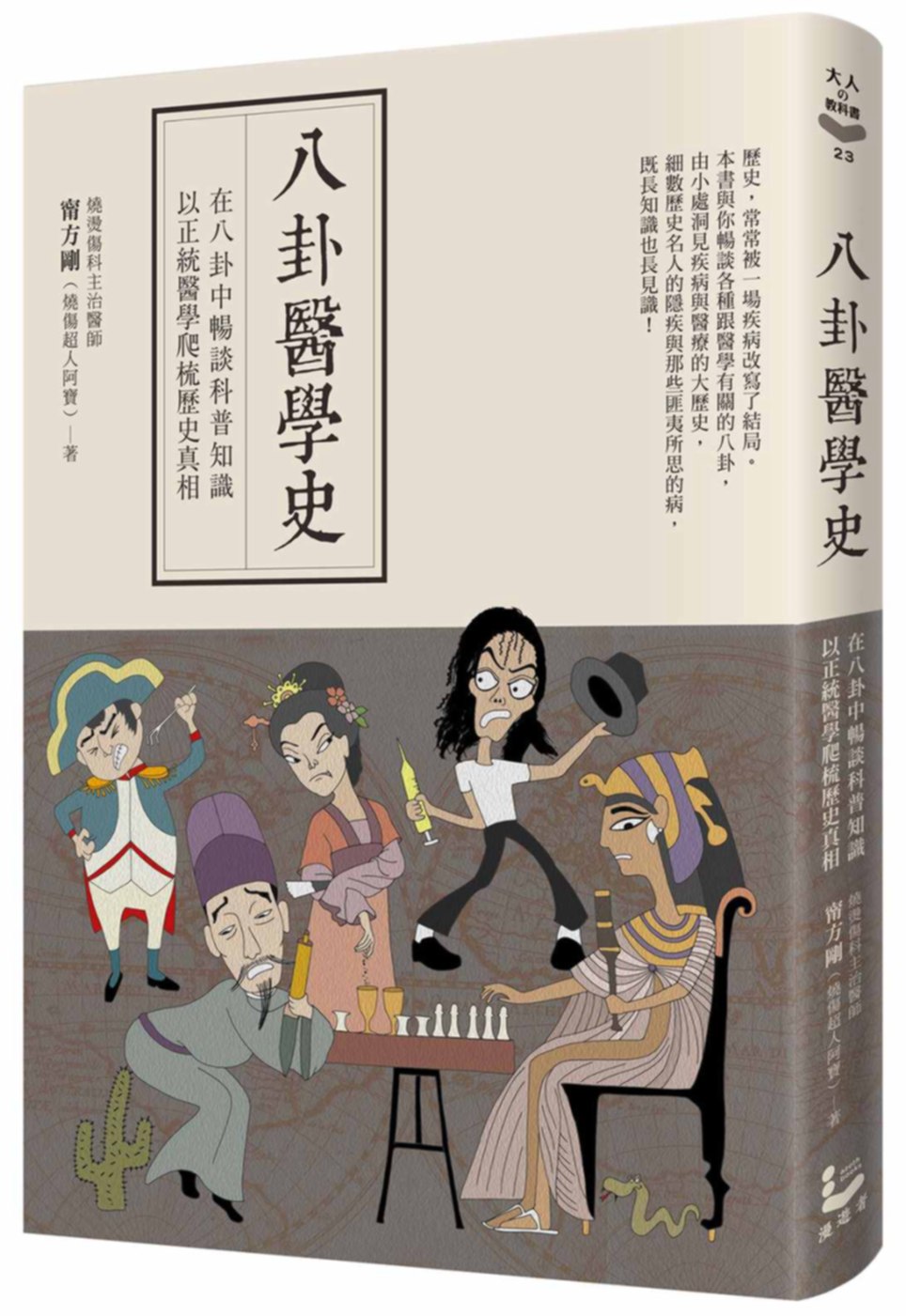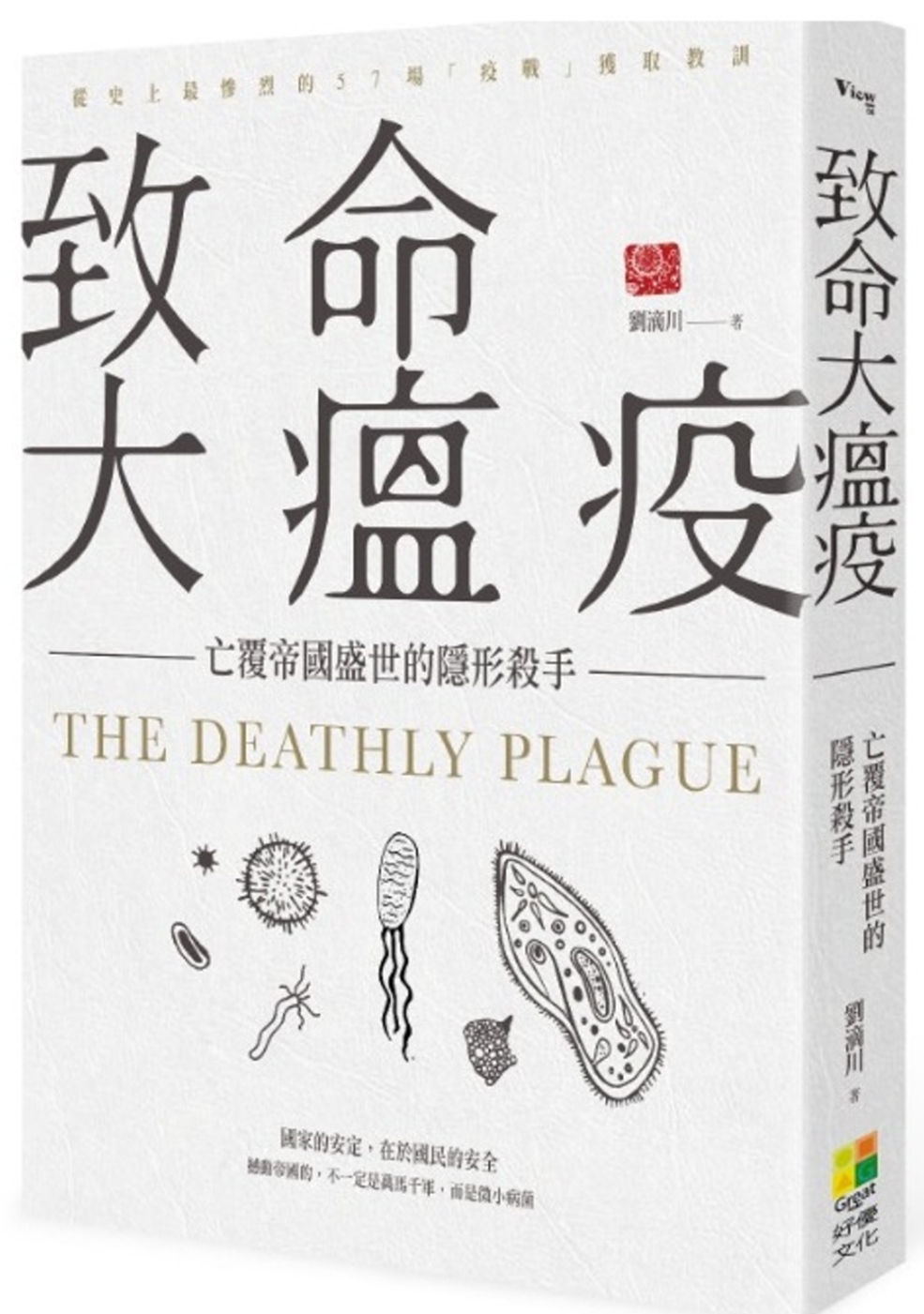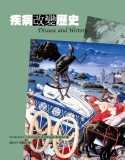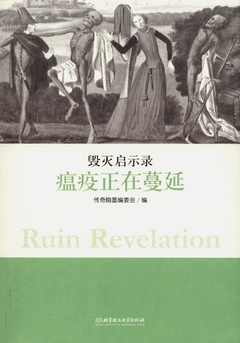The Woman in White | 生病了怎麼辦 - 2024年7月

The Woman in White
R sume The Woman in White is Wilkie Collins' fifth published novel, written in 1859. It is considered to be among the first mystery novels and is widely regarded as one of the first (and finest) in the genre of "sensation novels". The story is sometimes considered an early example of detective fiction with the hero, Walter Hartright, employing many of the sleuthing techniques of later private detectives. The use of multiple narrators draws on Collins's legal training, and as he points out in his Preamble: "the story here presented will be told by more than one pen, as the story of an offence against the laws is told in Court by more than one witness". In 2003, Robert McCrum writing for The Observer listed The Woman in White number 23 in "the top 100 greatest novels of all time", and the novel was listed at number 77 on the BBC's survey The Big Read. Walter Hartright, a young art teacher, meets a mysterious and distressed woman dressed in white. He helps her on her way, but later learns that she has escaped from an asylum. Next day, he travels to Limmeridge House in Cumberland, having been hired as a drawing master on the recommendation of his friend, Pesca, an Italian language master. The Limmeridge household comprises the invalid Frederick Fairlie, and Walter's students: Laura Fairlie, Mr Fairlie's niece, and Marian Halcombe, her devoted half-sister. Walter realises that Laura bears an astonishing resemblance to the woman in white, who is known to the household and whose name is Anne Catherick. The mentally disabled Anne had lived near Limmeridge as a child and was devoted to Laura's mother, who first dressed her in white. Walter and Laura fall in love. Laura, however, has promised her father that she will marry Sir Percival Glyde. Marian - knowing that Laura loves Walter in return - advises Walter to forget his love, and leave Limmeridge. Anne, after sending a letter to Laura warning her against Glyde, meets Walter who becomes convinced (wrongly) that Glyde was Anne's lover, or was responsible for putting Anne into the asylum. Despite the misgivings of the family lawyer over the financial terms of the marriage settlement, Laura and Glyde marry in December 1849 and travel to Italy for six months. Walter also leaves England, joining an expedition to Honduras. After their honeymoon, Sir Percival and Lady Glyde return to his house, Blackwater Park in Hampshire; they are accompanied by Glyde's friend, Count Fosco (who is married to Laura's aunt). Marian is also living at Blackwater and learns that Glyde is in financial difficulties. Glyde unsuccessfully attempts to bully Laura into signing a document which would allow him to use her marriage settlement of 20,000. Glyde reveals to Fosco the resemblance between Laura and Anne, and Fosco and Glyde plot to switch the identities of Laura and the terminally-ill Anne, so that Anne's death can be passed off as Laura's and Glyde can inherit. Marian crawls out onto a roof and eavesdrops on Glyde and Fosco, and it begins to rain. Marian becomes soaked, and later falls into a fever which turns into typhus.
William Wilkie Collins (8 January 1824 - September 23, 1889) is a British writer of the Victorian era, contemporary and friend of Charles Dickens. Very popular during his lifetime, he is the author of 27 novels, more than 50 new, at least 15 plays and more than 100 trials. Biography; William Wilkie Collins was born in Marylebone in London January 8, 1824 He is the son of a renowned landscape painter, William Collins.. At 17, he left school to become an apprentice in a trading company of tea. He wrote his first novel Iolani (published only in 1999). Five years later, he entered Lincoln’s Inn to study law; he obtained a title of lawyer in 1851. After the death of his father in 1847, Collins published his book, Memory and Life of William Collins, Esquire (1848), in execution of the will father and began a career as a painter, exhibiting at the Royal Academy Summer exhibition in 1849. But with the publication of his novel Antonina, in 1850, that his writing career really began. In 1851, Collins was introduced to Charles Dickens by a mutual friend, Augustus Egg. A long friendship and collaboration will be born; several novels Collins will be published in the weekly magazine of Charles Dickens: All the Year Round, as serials. Charles Dickens published and then publishes itself novels Collins. Collins suffered from gout, and became dependent on opium (as laudanum) he took to relieve his pain. This resulted in attacks of paranoia where he was convicted of being pursued by a Doppelgänger (the ghostly doubles) ... His novel The Moonstone (The Moonstone) described the effects of opium addiction. Collins later admitted that his consumption of laudanum was such at the time, he could not remember having written most of the novel. Collins has never married, but lived with a widow (Mrs. Caroline Graves) and his daughter from 1858. It also has three children with another woman, Martha Rudd, whom he met after leaving Mrs. Graves in 1868. Latter, however, returns to Collins after two years of separation, and they continue their relationship to the author’s death in 1889, at his home in Marylebone, No. 82 Wimpole Street. Collins is buried in Kensal Green Cemetery in London. His epitaph identifies him as the author of The Woman in White.
 八卦醫學史:在八卦中暢談科普知識,...
八卦醫學史:在八卦中暢談科普知識,... 八卦醫學史:不生病,歷史也會不一樣
八卦醫學史:不生病,歷史也會不一樣 致命大瘟疫:亡覆帝國盛世的隱形殺手
致命大瘟疫:亡覆帝國盛世的隱形殺手 疾病改變歷史
疾病改變歷史 老鼠、虱子和歷史:一部全新的人類命運史
老鼠、虱子和歷史:一部全新的人類命運史 台北故宮珍藏版中醫手抄孤本叢書(玖)
台北故宮珍藏版中醫手抄孤本叢書(玖) 素問病機氣宜保病集
素問病機氣宜保病集 被誤解的世界歷史(新版)
被誤解的世界歷史(新版) 瘟疫正在蔓延
瘟疫正在蔓延 呻吟聲中的思索∶人類疾病的背景文化
呻吟聲中的思索∶人類疾病的背景文化